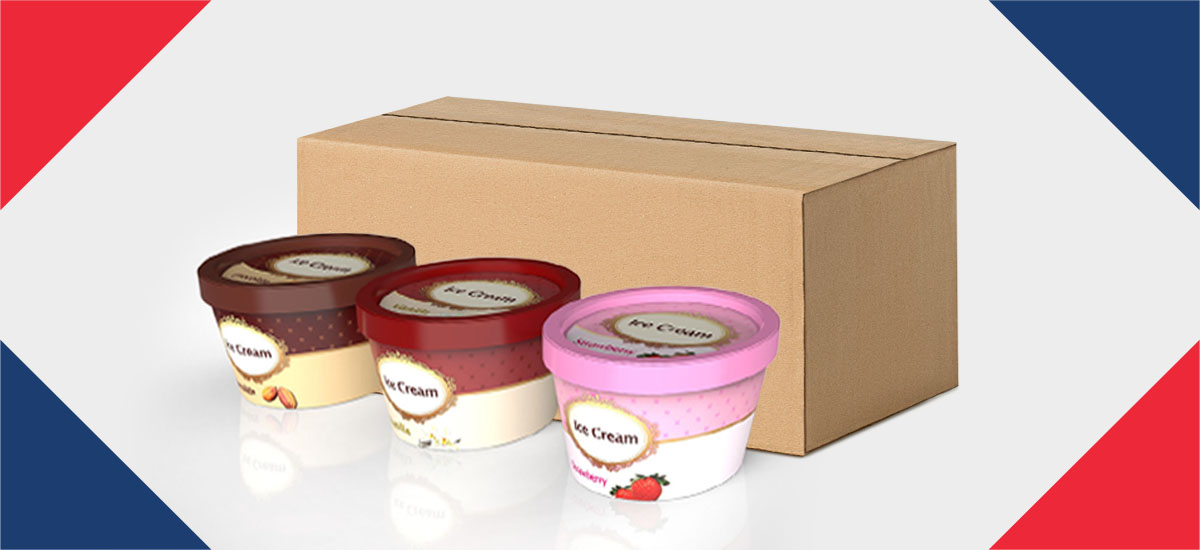With an increasing number of consumers ordering groceries online, ice cream manufacturers must think outside the box to deliver their products to customers. Ice cream must remain frozen from factory to doorstep, or ideally between minus 10 F and minus 20 F throughout distribution, to maintain taste, appearance and the level of quality consumers expect. This poses many challenges, such as preventing temperature excursions in hot weather.
Packing ice cream in a well-insulated container with the appropriate refrigerant and minimizing transit duration is key to preserving ice cream characteristics.
Considerations When Shipping Ice Cream
Consider the following to prepare for shipping ice cream:
- Customer expectations: Customers may expect their ice cream to arrive within a day or two, but that may not be feasible. Plan to ship ice cream early in the week to reduce the risk of delays, and communicate this information with customers.
- Staff training: Ensure employees are trained on proper packing procedures to promote temperature control. Establish a backup plan if drivers face delays during transport to preserve the shipment.
- Carrier: If you partner with a carrier, choose a business with experience shipping frozen goods that offers overnight or expedited services, like FedEx or UPS.
How to Ship Ice Cream
Follow these tips to ensure ice cream reaches end users in a frozen state.
Choose an Insulated Container
You’ll need a thick foam shipping container to keep out heat and preserve the internal package temperature. Ideally, use a container with walls at least 2 inches thick. Place it inside a durable outer container, such as a corrugated cardboard box.
Select the Right Refrigerant
Keeping ice cream as cold as possible requires minimal transit times and high-quality refrigerants. Gel packs specially formulated to replace dry ice, such as Cryo Ice™, can keep ice cream frozen for shorter transit times. Cryo Ice™ gel packs with maintain a temperature below 25F during thawing and offer a cost-effective, nontoxic refrigerant solution for local ice cream deliveries.
If you need to accommodate long-distance shipments, you may need dry ice. Dry ice is a hazardous material requiring special handling and packaging procedures.
Carefully Pack the Product
Place frozen gel packs on all sides of the product within the foam container. As a general rule, plan to use at least a pound of gel pack for every pound of ice cream. You may need extra gel packs in warmer weather.
If you need dry ice, plan to use between 5 and 10 lbs. to keep the product frozen for 24 hours. With either option, fill the space with bubble wrap or another insulating material to maximize cooling properties.
Let Pelton Shepherd Handle It
Businesses can’t compromise on cold when it comes to ice cream. Customers expect a completely frozen product when it arrives. This doesn’t mean you must rely on dry ice to keep your products frozen. With Pelton Shepherd, there are better, easy-to-handle options.
Consider our dry ice alternative, Cryo Ice™, for making those last-mile deliveries go smoothly. We also offer a Conditioning Operations, Logistics and Delivery (COLD) program to ensure you have pre-frozen gel packs when you need them. Contact us today to learn more or request a quote.



